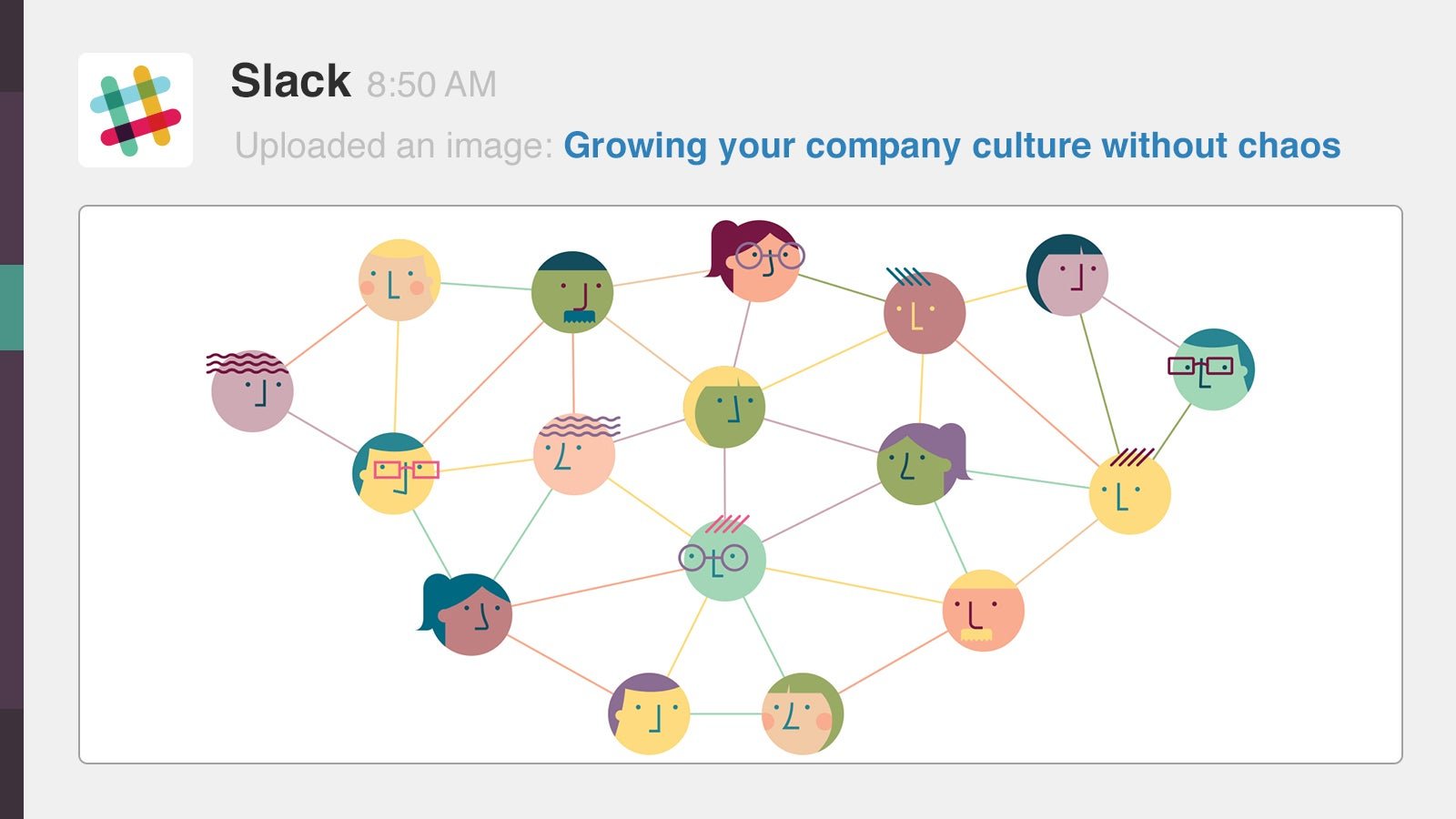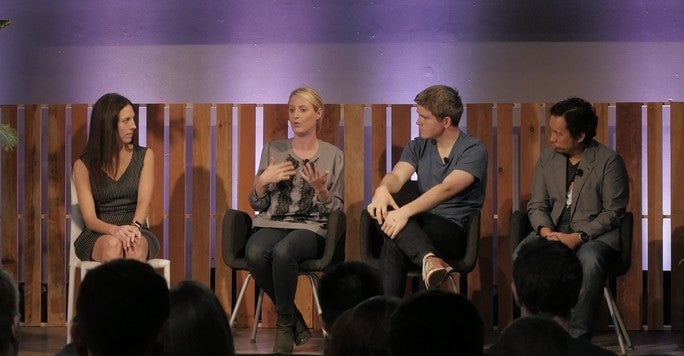Company culture is rooted in principles and actions
Company culture is often discussed as if it describes a static environment in which employees either thrive or don’t. But culture is created by everyday interactions and is bound to change and evolve in any growing organization . At Slack’s Amazing Teams event in San Francisco last year, leaders from three companies that have successfully scaled — Pixar, Stripe, and Planet — shared their thoughts on how to invest in culture truly aligned with company values. Here are some of their key takeaways:


Company culture is often discussed as if it describes a static environment in which employees either thrive or don’t. But culture is created by everyday interactions and is bound to change and evolve in any growing organization . At Slack’s Amazing Teams event in San Francisco last year, leaders from three companies that have successfully scaled — Pixar, Stripe, and Planet — shared their thoughts on how to invest in culture truly aligned with company values. Here are some of their key takeaways:
Defining “culture” in concrete terms
“Culture” is a vague term that can easily lose its meaning. Articulating what it means to you and your company can go a long way in proactively developing it.
As part of defining culture, companies should acknowledge its role. “Culture [is] more about what the community is,” says Cara Brennan Allamano, Vice President of People at the Earth-imaging company Planet. “In our People team, we talk about replacing the word ‘culture’ with ‘community.’ Culture can feel bigger than each individual — community relays the level of impact that each individual can have.”

Build your culture from real, supportable ideas
It’s easy to describe what a positive company culture might look like — say, “a culture of collaboration” — but you can’t conjure it out of thin air, or reverse engineer the culture you want from broad, nice-sounding phrases. There have to be principles behind it that support and advance your business.
Pixar, for example, is well known for a culture that values creative contributions from employees at all levels. This didn’t evolve purely out of altruism — Pixar realized early on that what they were creating could only thrive with everyone’s ideas.
“You just can’t make these kinds of films in a back room with only a handful of people communicating,” says Jay Carina, a Lead Technical Director at Pixar. “There is a culture that has emerged that embodies the spirit of our films. The human experience, how people grow and learn, that’s a big part of our culture at Pixar. A lot of that comes from the founders’ realization, early on, that you can’t do it all by yourself.”
It all comes down to individuals, until it can’t
Culture is the sum of individual behaviors and decisions, meaning each person in an organization can affect how it evolves. But as a company grows, it can’t rely the same way on individual actions — they have to become part of a system that empowers the team as things change.
If your company has a go-to person with deep institutional knowledge, that is a wonderful resource, but not necessarily a scalable one. “If people are going to one person with all their questions, clearly there’s a documentation or training problem,” says John Collison, Stripe co-founder. “Instead of solving these problems incrementally, we try to solve the meta problem.”
“One of the biggest advantages of a collaborative environment is instant feedback from peers,” says Carina. “Peer pressure is fantastic for creative types. When you see one or two members of the team who are really doing great, it reminds everyone that we’re here to do great work.”
This piece is part of a series examining the contemporary workplace, originally written by the
Slack
editorial team. For more stories from Slack, visit their blog,
Several People are Typing
.
This article was produced by Slack and not by the Quartz editorial staff.